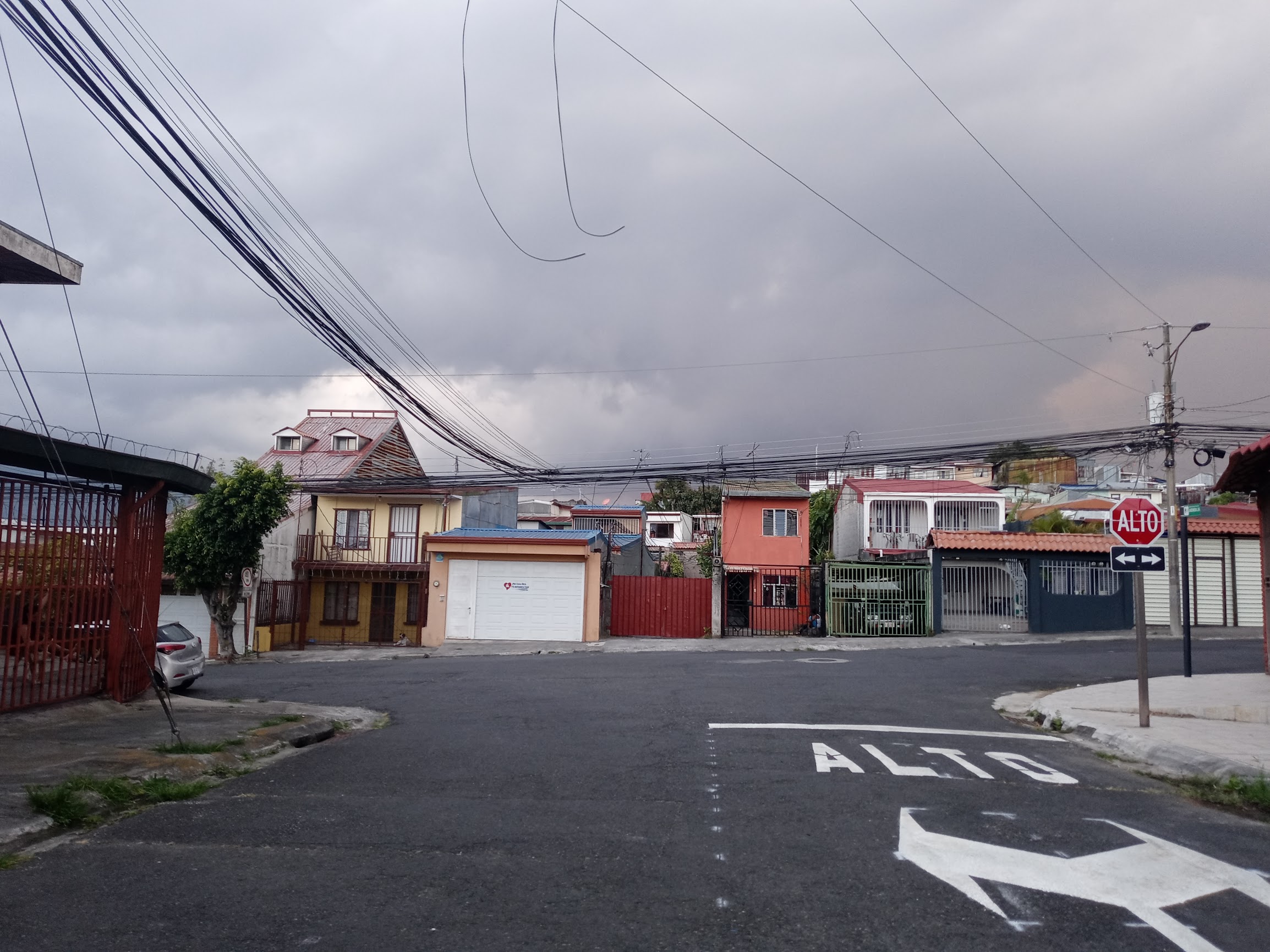
Navigating Costa Rica (Local Travel Tips Part I)
In relation to last week’s topic pertaining to planning for trips and excursions while abroad in Costa Rica, I have been inspired to speak and reflect more generally about what it is like navigating transportation and travel within this small country. I think it is safe to say that no matter where you want to go for your study abroad experience, you will always have to be very aware about how you will be able to get around, both locally where you will be staying, as well as within day or weekend (or even week) trips.
As a starter advice, look up in advance what the main mode of transportation is — this will be crucial to your experience as it will impact how accessible certain activities and trips, or simply getting around will be. Will you be able to take public transportation everywhere you go? What currency do they take if so? If it is not a public transportation hotspot, how do people get around and how can you get around? These are just a few of the main questions that you want to keep in mind while considering your transportation needs. Luckily, I have experience with doing just that while in Costa Rica, which can prove useful for any of you that may be contemplating studying abroad. Here are just a few trips about local city travel in San José.
LOCAL PUBLIC TRANSPORT (CITY)
Getting around for me has been much easier than I have anticipated, but part of it has also been because of where I find myself located. My school and homestay are both located within the city of San José, also known as the capital of this small Spanish speaking country. San José is the largest city in Costa Rica, which contributes to the easy access of public transport within the city. This bustling urban center is relatively simple to navigate by public transport through use of buses, taxis, and trains. Fare costs for using these transportation means are also pretty cheap and require the use of cash currency, ideally in colones but some will take US dollars as well, although local currency is highly of preference just for the ease of paying and knowing what you will be charged.
.
Although I seldom use taxis, and I have yet to use a train or local bus, I have come across quite a few easy points of access to these transportation means while out and about. To back track a bit, the reason I rarely use these services is because outside of public transport, it is honestly pretty easy to walk to nearby destinations both to explore and to acquire your basic needs. For instance, the school I am taking courses through (Veritas) is only ~20 minutes away from the closest mall, ~30 minutes from downtown, and not even 3 minutes away from the closest convenience store. Because of this, I often prefer to save the extra bucks and just walk to anywhere that is near walking distance.
Aside from that, the other reason I rarely or don’t use these services is because Uber (a taxi like service accessible through a mobile app) is available and it is cheaper and easier to use while out if you have wifi access, and also a safe, reliable source of transportation, especially at night. A quick note about Uber in Costa Rica however: it is not legal. Given that, it is still very much prominent in the city and is even encouraged that as foreigners you opt for taking Uber, especially if it is late, and also because you know how much it will cost in advance. Taxis are pricier and some don’t leave the meter to track cost on, sometimes on purpose in an attempt to make more profit from foreigners who are not aware of what usual prices are. Ultimately however, if needed, Taxis are easy to haul, or as another resort, Uber is also readily available with wifi.
Lastly, if attending Universidad Veritas, a shuttle service is also provided and required according to the school if getting home after 8pm. Luckily, this shuttle stops right by your homestay location, thus ensuring that you get home safe after light hours are gone. This shuttle service is free of charge and available to all students.
To conclude, public transport is not hard to navigate within the city, something that I have greatly grown to appreciate. It reminds me of my ease of access to public transport back home in Chicago as well, which I have come to learn is not the case for everyone in the States. In that reflective sense, I have also gathered a new appreciation for the ease of navigation back home.
Image 1: Local street view
